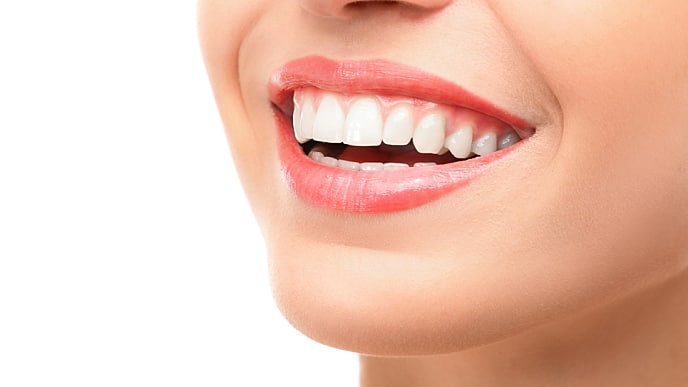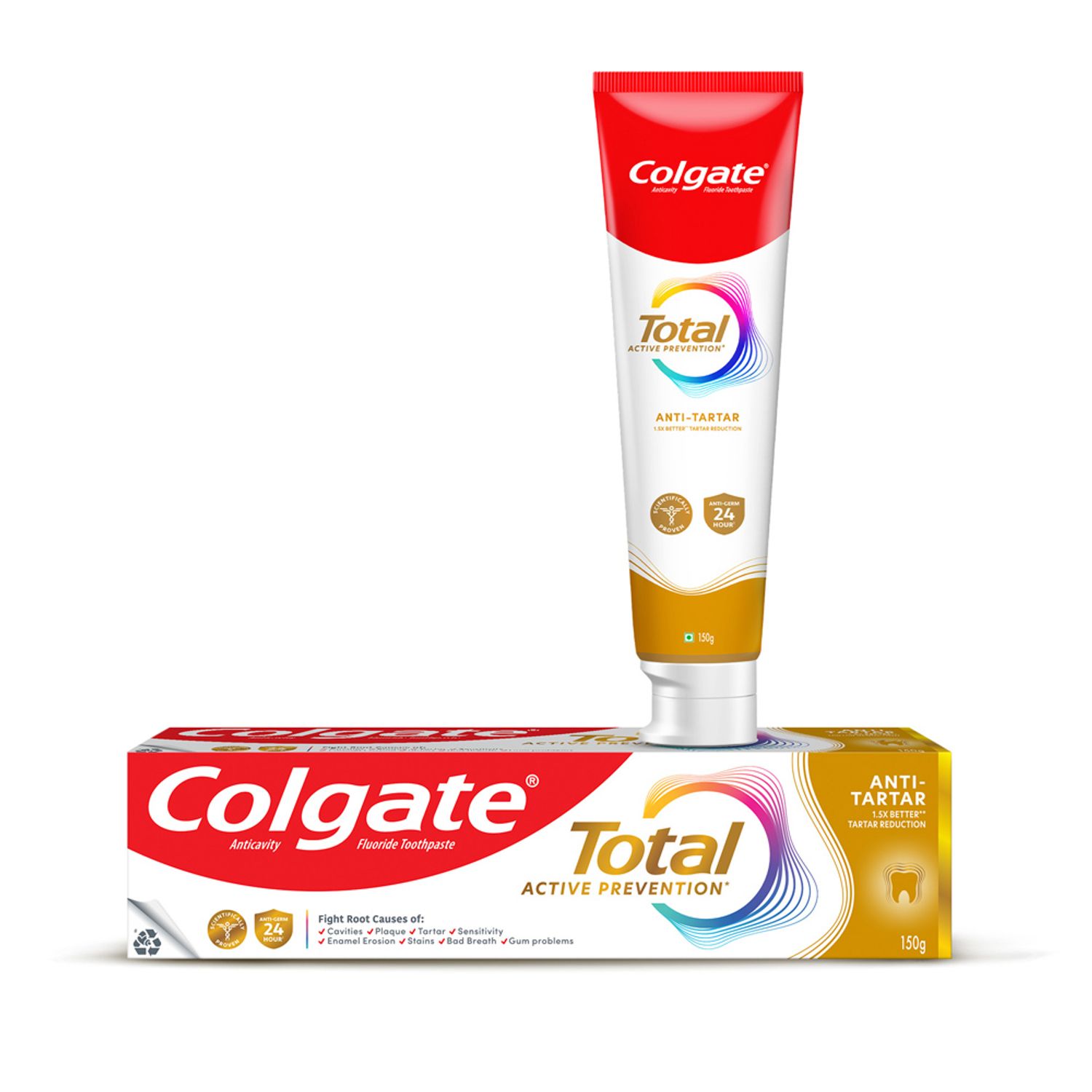What are Teeth Veneers?
In dentistry, veneer is a layer of material placed over a tooth for providing strength and resilience comparable to natural tooth enamel. They are custom made to the contour of your teeth and are bonded to the tooth's original enamel during a series of in-office procedures.
Why are Veneers used in Dentistry?
Veneers are a less intrusive option than crowns or braces. According to the Indian Dental Association, porcelain veneers are an excellent option for the correction of your crooked teeth. Patients also choose this procedure as a cosmetic solution to enhance the brightness of their teeth and to straighten their smile, correcting issues like discolouration, fractures, or chips.
Placing a Veneer
The typical procedures take one to two appointments. If the veneer is prefabricated, it usually takes one appointment and if the laboratory is creating the veneer, it takes two appointments. We will focus on high-lighting the placement of a porcelain venee r created by the laboratory:
1. Local anesthesia is usually not required when placing veneers. However, depending on the patient's sensitivity, it can be used if needed. The dentist will clean the tooth and determine the correct shade for the veneer. Then he will remove a very small amount of the enamel of the tooth to provide room for placing the veneer on the tooth.
2. An impression of the tooth will be made for the laboratory and a temporary veneer will be placed on the tooth with spot etching in the centre of the tooth, away from the margins.
3. After the laboratory has delivered the porcelain veneer to your dentist, the temporary veneer is removed; the tooth is cleaned with pumice and water. The veneer is then etched, rinsed thoroughly with water and air dried. The adhesive is placed on the tooth prepared. Then the cement and the veneer is placed for exact fit and contour.
4. The veneer is then light cured for 60 seconds on all its surfaces and attached to the tooth structure.
5. Your dentist will remove any excess material and polish the margins of the veneer.
Many dentists will schedule a follow-up visit to check for comfort; a comfortable veneer will be a long-lasting veneer.
Care for Veneers
You should brush and floss veneers just as you would your regular teeth. Proper daily brushing, and use of non-abrasive fluoride toothpaste. Consider limiting coffee and other stain-inducing foods.
Keep in mind that a veneer will need to be replaced at some point, no matter how well you take care of them. But proper oral hygiene will help them last as long as possible.
If you're deciding on veneers, consult with your dentist and be sure you understand every part of the process and cost. A beautiful smile feels great and can increase both your confidence and well-being.
This article is intended to promote understanding of and knowledge about general oral health topics. It is not intended to be a substitute for professional advice, diagnosis or treatment. Always seek the advice of your dentist or other qualified healthcare provider with any questions you may have regarding a medical condition or treatment.
ORAL HEALTH QUIZ
What's behind your smile?
Take our Oral Health assessment to get the most from your oral care routine
ORAL HEALTH QUIZ
What's behind your smile?
Take our Oral Health assessment to get the most from your oral care routine













